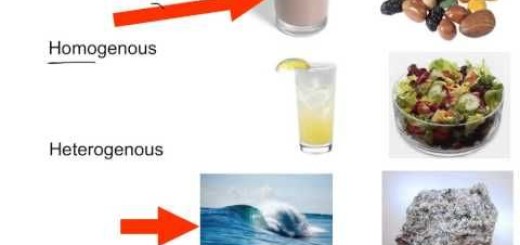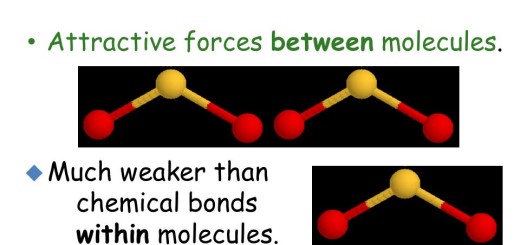Types of chemical reactions and Thermal decomposition reactions
The chemical reaction is the breaking up of the bonds in the molecules of the reactants and the formation of new bonds in the molecules of resultants (the products) from the reaction, and the chemical reaction plays an important role in our daily life.
Chemical reaction
You notice that burning of the car fuel (gasoline) in the car engine generates the power which makes the car move, The medicine, the fertilizers and the artificial fibers are examples of outcomes of some reactions, The plants make their food through the photosynthesis process which depends mainly on the reaction of carbon dioxide with the water.
Chemical reaction types
The chemical reactions are classified according to the processes there are many types such as thermal decomposition reactions, substitution reactions, oxidation and reduction reactions.
Thermal decomposition reactions
The thermal decomposition reactions are the reactions that involve the breaking up of the compounds by the effect of heat into its simple elements or simpler compounds than the original ones.
Thermal decomposition of mercuric oxide (HgO)
When you put a little amount of red mercuric oxide in a clean test tube, then heat the content of the test tube by using the flame, The silvery precipitate will be formed at the bottom of the tube, when you approach a lighted stick of match close to the opening of the tube, The burning match will glow more.
2 HgO 2 Hg + O2
The red mercuric oxides decompose by the heat into mercury (It is the silvery precipitate at the bottom of the tube) and oxygen (which increase the flame of the match), So, Some metal oxides (such as HgO) undergo thermal decomposition into the metal and oxygen.
Thermal decomposition of copper hydroxide
When you put a little amount of blue copper hydroxide in a clean test tube, then heat the content of the test tube by using a flame, You observe a black substance, Blue copper hydroxide decomposes by the heat into copper oxide (black colour) and the water vapour, So, Some metal hydroxides undergo thermal decomposition into metal oxide and water vapour.
Cu(OH)2 CuO + H2O
Thermal decomposition of copper carbonate
When you put a little amount of green copper carbonate in a clean test tube, then heat the content of the test tube by using a flame, A black substance will be formed, when you pass the produced gas into clear limewater, The limewater becomes turbid.
CuCO3 CuO + CO2
Green copper carbonate decomposes by the heat into copper oxide (black color) and carbon dioxide, So, most metal carbonates undergo thermal decomposition into metal oxide and carbon dioxide.
Thermal decomposition of copper sulphate
When you put a little amount of blue copper sulphate in a clean test tube, then heat the content of the test by using a flame, A black substance will be formed, Blue copper sulphate decomposes by the heat into copper oxide (black colour) and sulphur trioxide.
CuSO4 CuO + SO3
H2O + SO3 → H2SO4
Sulphur trioxide combines quickly with the water vapour and forms sulphuric acid, So, most metal sulphates undergo thermal decomposition into metal oxide and sulphur trioxide.
Thermal decomposition of sodium nitrate
When you put a little amount of white sodium nitrate in a clean test tube, then heat the content of the test tube by using a flame, A yellowish-white substance is formed, when you approach a lighted stick of match close to the opening of the tube, The burning match glows more.
2 NaNO3 2 NaNO2 + O2
White sodium nitrate decomposes by the heat into sodium nitrite ( yellowish-white color) and oxygen gas ( which increases the flame of a match ), So, some metal nitrates such as sodium nitrate undergo thermal decomposition into metal nitrite and oxygen gas.
The air bags
The air bags are considered one of the most important safety means in cars at the emergencies, On the occurrence of the car accident (crash), A rapid decomposition and explosion happen to the substance of sodium azid (that is found inside the air bag) forming sodium and nitrogen gas evolves.
2 NaN3→ 2 Na + 3 N2
The bag is inflated by nitrogen gas at extreme speed (within only 40 mm second), then it gets vacuumed rapidly to ensure clear vision and proper movement for the driver.
Substitution reactions, Chemical activity series, types of simple & double substitution reactions
Balanced chemical equations, Law of conservation of matter (mass) & Law of constant ratios




